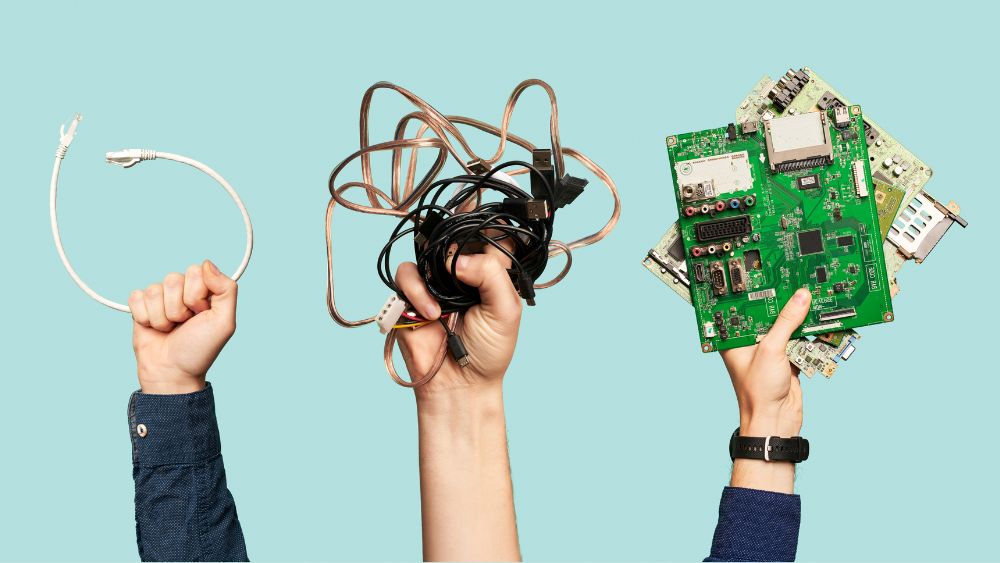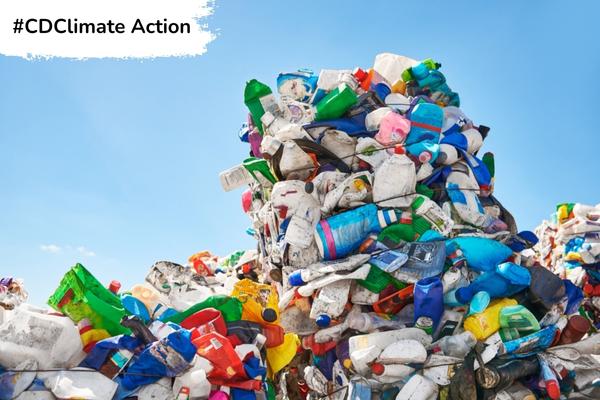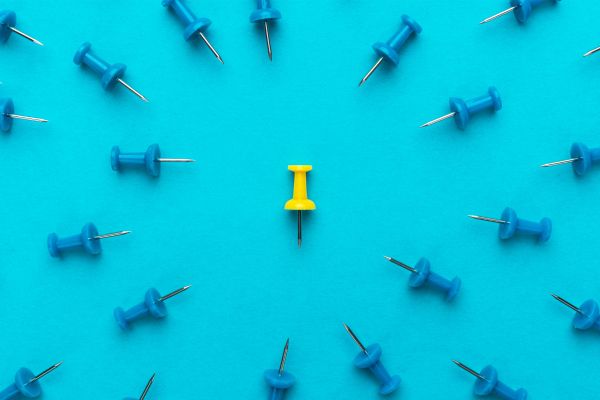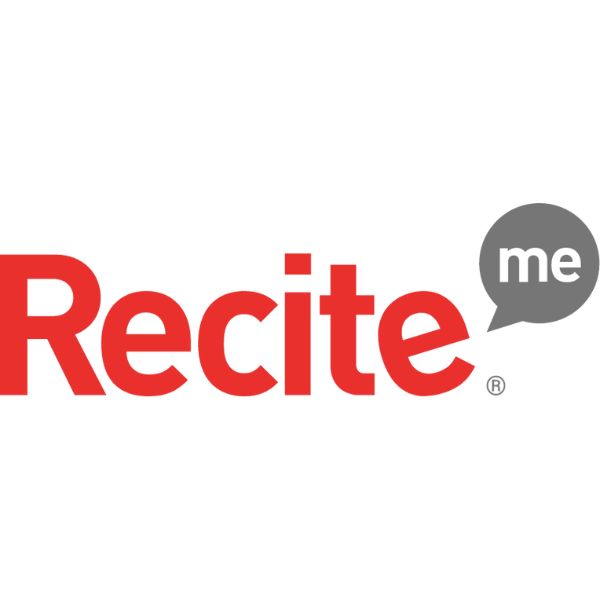Insights
INSIGHTS
All Topics
The latest trends in e-waste
Exploring the opportunities to curb the rise of electronic waste today
Electronic waste (e-waste) is any discarded product with a plug or battery. Its disposal causes increasing pollution and risks to communities, as well as losing the valuable re-usable natural resources contained within them to landfill sites and incineration.
A record 62 million tonnes of e-waste was produced in 2022. That’s enough to fill 1.55 million 40-tonne trucks: roughly enough to reach around the whole of the Earth’s equator if lined up bumper to bumper.
What’s more, e-waste is rising by 2.6 million tonnes worldwide every year and is on track to reach 82 million tonnes by 2030. E-waste is one of the fastest-growing waste streams in the world – and of all the countries, the UK generates the second-highest amount of e-waste per capita.
That is why, in this article, we explore the latest methods for tackling e-waste and how you can get involved.
REDUCE – A drive for repair
One way to reduce e-waste is to hold onto devices for longer. A report by Open Repair Alliance has found rapid growth and huge public enthusiasm for repairing electrical items, with an estimated 1,000 repair attempts made per day around the world.
When the public were asked what they thought should happen to electrical products in good condition that are brought to waste facilities, 38% thought they should be kept in use through being repaired or refurbished.
But social enterprise The Restart Project found common barriers for community fixers when repairing products. The biggest barrier was that spare parts are not available (25%), followed by them being too expensive (18%), and the design of tech not being repairable (16%).
“The responsibility for this lack of reuse sits firmly in the hands of national policy”, says The Restart Project. Its Repair and Reuse Declaration calls for UK legislators and decision-makers to support repair and reuse to thrive and has so far been signed by more than 350 businesses, institutions, repair cafes, MPs, and councils.
You can sign the declaration here, and explore device repair options here.
RE-USE – Keeping devices in circulation
In 2024, there is a large appetite for device re-use, with nearly half (47%) of the general public saying that electrical products in good condition should be donated or sold.
Not only is this good news for reducing e-waste, but also for tackling the widespread issue of digital exclusion.
In the UK, 1.5 million people don’t have a smartphone or laptop. This can have consequences for peoples’ access to essential services such as healthcare, banking, social security, housing, and more.
That’s why, in 2024, digital exclusion charities are calling for digital users to donate their unused devices. Device donation schemes and information are available through the following charities:
In addition, nearly three in ten consumers said they were open to buying pre-owned tech in 2024. UK consumers are leaders in their willingness to opt for pre-owned TVs and laptops, and a surge of second-hand sales has been observed as a result of the cost-of-living crisis.
RECYCLE – Urban mining
One person’s waste is another’s raw material. Wise to this fact, urban mining is the process of recovering useful materials from existing waste products – an act of recycling, giving unused objects new life.
Research by Material Focus has found that in the UK alone, 2.8 million tonnes of carbon dioxide emissions could be saved from recycling old electrical items. That’s the equivalent to taking 1.3 million cars off the road.
Call-outs for copper
A 2024 study from Recycle Your Electricals has found that old cables, phone chargers, and other unused electrical goods found in UK homes could prevent a looming shortage of copper.
There is growing demand for copper, in part due to its use in solar and wind energy projects, and electric cars. But currently, demand is outstripping production. All the shallow, easy-to-extract copper deposits have now been mined, and, due to the devastating social and environmental impacts of copper mining, approval to build new mines is becoming harder.
This difficult challenge has a simple solution. UK homes are currently binning or stashing away 627 million cables – enough to go to the moon and back – among other unused electrical items.
The Great Cable Challenge urges UK residents to brave the “drawer of doom” and recycle the old electricals found there.
To take part in the challenge, find your nearest recycling point here.
Striking gold
In 2024, the Royal Mint has launched the world’s first precious metals recovery factory, extracting the gold found in e-waste. The UK’s official coin-maker is using the gold from unused circuit boards to craft jewellery, with later plans to create commemorative coins.
The process is intended to help reduce our reliance on mined gold, as well as take responsibility for the e-waste produced within the UK rather than export it overseas to be sorted in other countries.
This has been made possible by a new gold recovery process that happens at room temperature at very low energy, with recyclable chemicals, and is quick at extracting the gold. Once the gold has been extracted, the leftover materials are sent to different parts of the supply chain to be reused, so nothing is wasted.
You can get in touch with the Royal Mint about IT Recycling here.
Josie Sparling
More on this topic
Recommended Products
Our Events
Charity Digital Academy
Our courses aim, in just three hours, to enhance soft skills and hard skills, boost your knowledge of finance and artificial intelligence, and supercharge your digital capabilities. Check out some of the incredible options by clicking here.

















